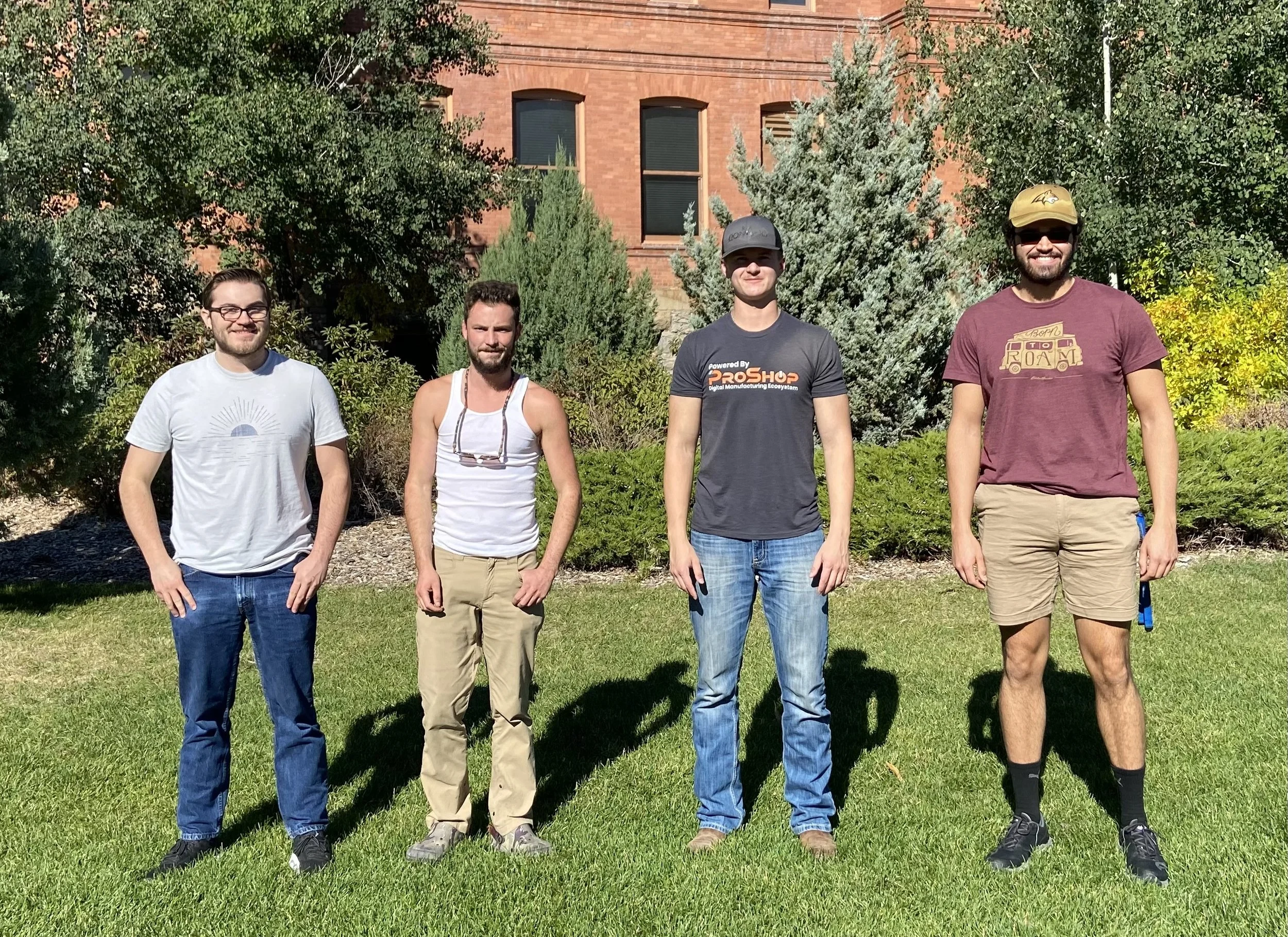Montana State University Engineering Capstones: Large Mammal Conservation in the 21st Century
YERC is excited to welcome another round of Montana State University Engineering students into our ranks, as they work closely with YERC staff in developing their senior capstone projects. Senior capstone projects are intended to provide students with real-world experience, and YERC has partnered with MSU to support projects focused on applied technology for conservation. The students will work on their projects’ design and planning this fall semester, and will continue to develop and ultimately build their products in the spring. We will be closely following these projects and you can expect to receive updates on their progress in the following months. We have 22 students across 5 projects, and will be providing updates on each project as they progress through their design and execution process; the two mechanical engineering projects are described in more detail below.
DIABLO
The Drone In A Box for Large-scale Optimization (you know, scientists and their acronyms!) team is carrying on the torch from last year’s team, this time focused on drone deployment, following a target, and returning to home - all autonomously. This project has as second sponsor, RESOLVE, a high-end conservation technology organization based in DC. DIABLO will integrate various aspects of their innovations including the new TrailGuard camera. Ultimately, the intent of the DIABLO system is to remotely deploy a drone in response to a camera-trap alert, and then hand off control to the user if engaging with the target, such as a poacher or a large carnivore seeking food, is deemed necessary. This approach is synced up with last year’s project that built an interoperable pod for a drone that can deliver olfactory (bear spray), auditory (air horn), and visual (lights) deterrents. In DIABLO, the drone will then return back to the deployment site to be stored and charged. Seniors Cody Coffin, Thomas Neuman, Val Tretter, Aiden Doherty, Samuel Hawkins, Kai Gayle, Kolten Harris, and Isaac Wahle are leading the design and construction of working prototypes with a team of advisors. They have already designed what they are calling the “SkyBox”, a specialized compartment that stores, charges, and deploys the drone. They are now working on designing the flight command and control communication system.
Large Mammal Tagging
The Large Mammal Tagging team is also building upon last year’s prototype, and is planning to take advantage of the decreased processing time between target recognition, identification, and paintball deployment, from last year’s 20 to 45 second lag time, to less than 2 seconds! Integration of a faster processor and controller is key as is the integration of RESOLVE’s camera system. Seniors Nolan Johnston, Diego Armstrong, Ian St. Michel, and James McGarvin are designing the second prototype to significantly improve the efficacy of the tagging system. The intent in tagging large mammals is to automate the capture-mark-recapture tagging method, thus making it much easier to accurately estimate population sizes for the species in question. Marking large mammals such as deer also provides valuable information on their movements, habitat use, and can identify problem animals that sickened or diseased individuals.


